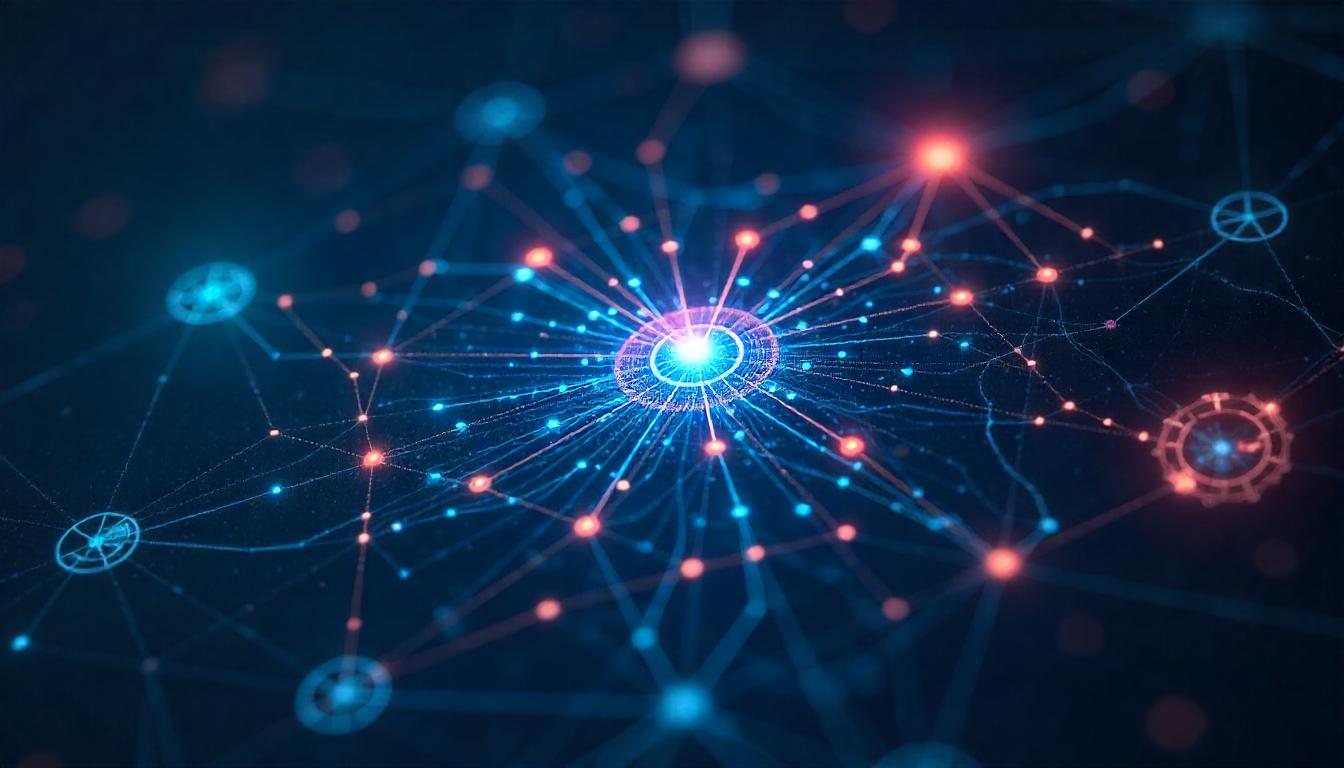Transfer Learning Explained: How It Functions in AI
Artificial Intelligence (AI) has advanced tremendously, powering applications like voice recognition and image classification. A key technique behind these advancements is called transfer learning. But what exactly is transfer learning, and how does it work?
This article will explain transfer learning in simple terms and explore why it’s a vital tool in AI today.
What Is Transfer Learning?
Transfer learning refers to the process where an AI model trained for one specific task is reused or adapted to perform another related task. Rather than starting the training process from zero, transfer learning allows the model to apply previously learned knowledge to new challenges.
Think of it like learning to drive a car after you already know how to ride a bicycle — many skills transfer, making the new learning process easier.
Why Is Transfer Learning Valuable?
Training AI models from scratch usually requires huge datasets and powerful computing resources, which can be expensive and time-consuming.
Transfer learning helps by:
- Speeding Up Training: Models build upon prior experience to learn faster.
- Reducing Data Needs: Less labeled data is required for the new task since the model already recognizes key features.
- Enhancing Accuracy: Models adapted through transfer learning often perform better, especially with limited new data.
How Does Transfer Learning Work?
Here’s a simplified overview:
- Pre-training: The AI model is initially trained on a broad dataset, such as millions of general images.
- Fine-tuning: The model is then refined with a smaller, specific dataset tailored to the new task, like medical image analysis.
- Deployment: The fine-tuned model is used for the specialized application.
Because the model has already learned fundamental patterns like edges and shapes, it can quickly adjust to the new task.
Examples of Transfer Learning in Action
Many current AI applications rely on transfer learning:
- Natural Language Processing (NLP): Large pre-trained models like GPT and BERT are adapted for translation, summarization, and conversational AI.
- Computer Vision: Tasks like facial recognition and object detection use pre-trained models to reduce training time and data needs.
- Speech Recognition: Voice assistants improve their understanding of accents and languages by fine-tuning existing models.
Why Should You Pay Attention?
For developers and businesses, transfer learning reduces costs and accelerates AI deployment. For anyone interested in AI, understanding transfer learning sheds light on how AI systems adapt quickly to new problems.
Final Thoughts
Transfer learning is a powerful approach that enables AI models to acquire new skills more efficiently by leveraging previously gained knowledge. It is a driving force behind the rapid development and increasing practicality of AI technologies across various fields.
As AI continues to evolve, transfer learning will play a crucial role in creating smarter and more adaptable systems.
Share this content:













